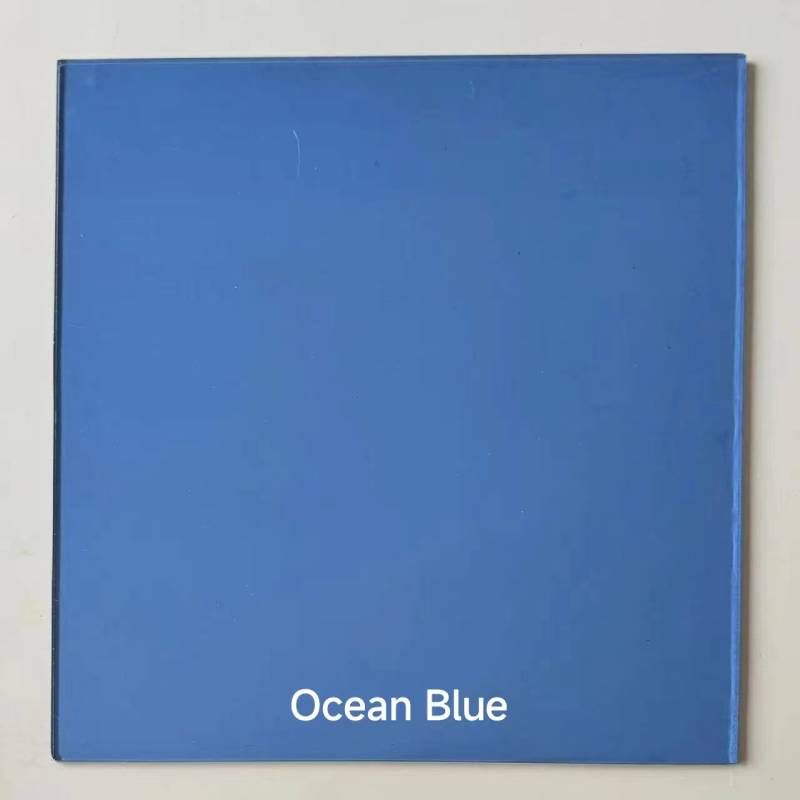

The Charm of Grey Tinted Glass A Blend of Aesthetics and Functionality
In contemporary architecture and interior design, the choices of materials and finishing touches can dramatically impact both the appearance and functionality of a space. Among these materials, grey tinted glass has emerged as a popular option, favored by architects, designers, and homeowners for its unique combination of elegance, practicality, and versatility.
At first glance, grey tinted glass may seem like a simple choice for windows or doors, but it offers much more than meets the eye. The subtle shade of grey serves to soften light, creating a tranquil atmosphere that enhances the ambiance of any room. This glass type acts as a filter, reducing glare while still allowing ample natural light to flood in. This characteristic is particularly beneficial in urban environments where harsh sunlight and glaring reflections can make living spaces uncomfortable.
Moreover, grey tinted glass enhances privacy without sacrificing openness. Unlike clear glass, which allows for complete visibility, grey tinted glass obscures the view from the outside while still enabling those inside to see out clearly. This quality makes it an ideal choice for homes located close to busy streets or neighboring buildings, providing a sense of sanctuary without compromising on the light or connection to the outside world.
The aesthetic appeal of grey tinted glass cannot be understated
. It lends a modern and sophisticated look to any structure, blending seamlessly with various architectural styles, from sleek contemporary designs to traditional homes. The neutrality of the grey shade complements a wide array of color palettes and materials, allowing it to enhance the visual harmony of a space.
Beyond its aesthetic merits, grey tinted glass also contributes to energy efficiency. It helps regulate temperature by reducing heat gain during the summer months, thus lowering the reliance on air conditioning. In colder climates, the glass can help maintain indoor warmth by reflecting indoor heat back into the space. This energy-saving feature not only contributes to a more comfortable living environment but also promotes sustainability, reducing the overall carbon footprint of a building.
The durability of grey tinted glass adds to its appeal. Typically made with tempered or laminated safety glass, it is designed to withstand impact and is less likely to shatter than ordinary glass. This aspect makes it suitable for both residential and commercial applications, where safety and longevity are paramount.
Moreover, grey tinted glass is highly versatile and can be used in various applications. It is commonly used in windows, sliding doors, balustrades, shower enclosures, and even as partitions within spaces. The possibilities are limitless, and its adaptability makes it an excellent choice for both interior and exterior design.
In conclusion, grey tinted glass is more than just a design element; it is a multifaceted material that combines aesthetic appeal with practical benefits. Its ability to filter light while providing privacy, enhancing energy efficiency, and adding a modern touch to any design makes it an intelligent choice for anyone looking to enhance their living or working environment. As trends continue to evolve in the realm of architecture and design, grey tinted glass is sure to maintain its status as a chic and functional option, bringing beauty and comfort to spaces around the globe.